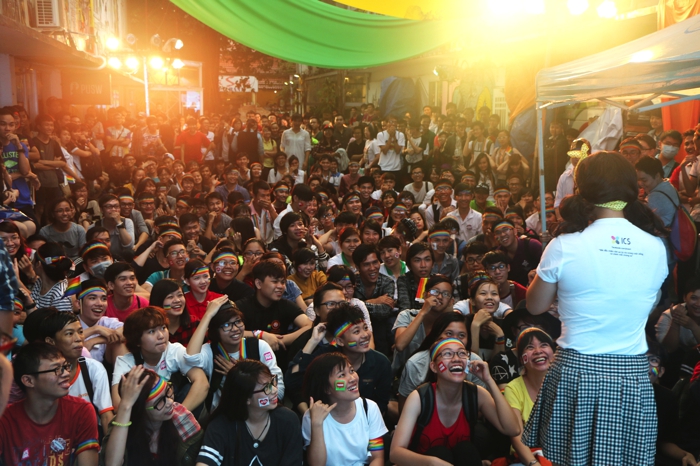Engage your audience
With hundreds of millions of people around the world participating in social networks, it’s become passé to try to “be the message”. If your campaign mainly aims at building your sense of community, it’s OK to generate expressions and send them to one another, which is typically what selfie-campaigns do. By if you’re trying to change anybody’s heart and mind, your campaign shouldn’t send a message, it shouldn’t even generate expressions. It should convene a conversation, as only conversations move positions.
One finding that stood out from a survey by the Case Foundation was that 74 percent of non-profits use social media as a megaphone to announce events and share what they’re up to, instead of seeking out conversations.
Online campaigning is to polarize a discussion effectively, and then curate the conversation to make your side more compelling. And to create the conversation, you have to engage your audience.
Here are some tips for achieving this
Find the right tactic to avoid a ghost town.
If there isn’t any engagement with your social media efforts, it generally keeps new visitors from engaging. How do you first encourage engagement? You can recruit a handful of very loyal supporters – staff and volunteers – and get them to commit to participating in your social media efforts.
If you have some clout, you should also recruit leaders. See for example how the “Internet for schools” campaign by Social Driver and The Alliance for Education Excellence started their mobilisation:
“In order to start the campaign off, Social Driver identified 20 key influencers in the education space that they knew could kick-start a conversation. Once they were onboard and excited, Social Driver had them each make a video explaining why internet access and WiFi is important for schools – and post it with a tag to the FCC. From there, the snowball started rolling. Other educators, parents and students started to make similar videos, and even more people started to call on the FCC to expand internet and wifi coverage. All those conversations, impressions, and direct calls on the FCC gave the campaign the voice and weight it needed to be heard.”
Get your people out there to create content !
People don’t want to just participate in a campaign, they want to be the message.
The pinnacle of this is citizen journalism.
For a compelling introduction to what that is, we highly recommend this interesting TedTalk about Storify.com
Ask questions
This gets high interaction rates. Posts on Facebook with a question mark generate twice as much engagement as other posts.
Include photos or graphics with posts
A tweet with visual gets on average 50% more engagement than others.
Every user matters
It’s not just to keep that one user engaged. It shows all users that THEY would matter too, which is the single strongest driver of engagement.
Negative comments are an opportunity ! there is nothing better to start a conversation and wake up sleepy troops than a good troll. Interact, don’t delete.
Make sub-communities
Being/becoming part of a group is one of the fundamental drivers of our engagements. The more this community is made visible, the more people will engage. Look at the #hometovote campaign in Ireland: one of the target groups of the campaigns to get people to support same-sex marriage in Ireland and vote in the referendum were Irish people from the diaspora. To get them to come back, which represents a very strong form of engagement, campaigners created this very specific community, formalised by a hashtag among other expressions, which gave people this additional sense of belonging that propelled them to act
Get out there
We spend most of our time preaching to the choir, when we should really spend at least 70% of our time reaching out to our target audience of the moveable middle: these people whose views, attitudes and actions can be shifted.
Are we all really investing the spaces that our target group is on, instead of talking to one another? We definitely need to assess where we spend our time, and adjust when needed.


Comments are closed.